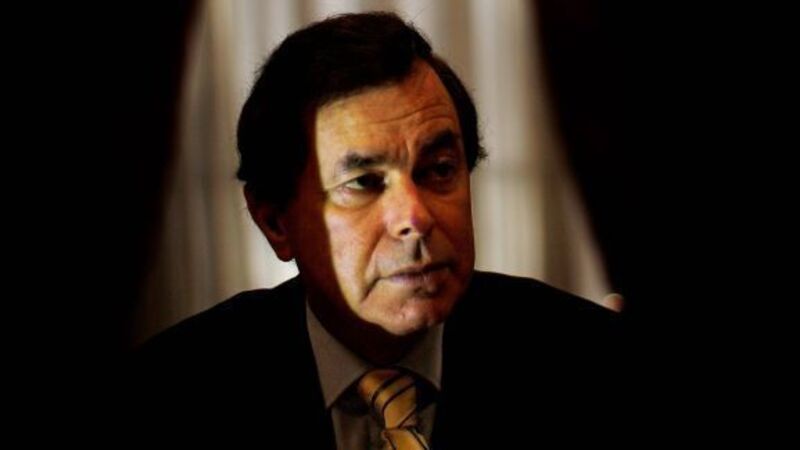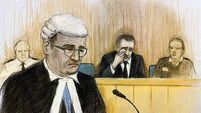GSOC ‘mole’ buried their tracks well

IT IS not altogether surprising that the insider who leaked details of a top-secret report to a journalist has not been identified.
As sources close to events at the Garda Ombudsman have repeatedly suggested to the Irish Examiner the individual would have covered his or her tracks well.
Given, as is likely, the individual verbally or visually gave details from the security report, rather than actually handing over a copy of the document, it was always going to be very difficult to pinpoint.
The “mole” also knew the explosive nature of the information, although perhaps not quite to the extent that transpired after the Sunday Times ran its front page story on February 9 last.
Senior members of the gardaí were hopping mad, furious at the obvious implication of the story — that they were behind the bugging of GSOC offices.
The Garda staff associations were also agitated. The Garda Representative Association expressed concern at the security of personal data of members if top secret information was being leaked.
The Association of Garda Sergeants and Inspectors called for GSOC chairman Simon O’Brien to step down.
The Government — most notably then justice minister Alan Shatter and Taoiseach Enda Kenny — came down heavily on GSOC for failing to carry out their legal obligation to inform them of their investigation.
This is despite provisions in the legislation which allows GSOC not to do so.
The Government seemed overly eager to play down GSOC suspicions of bugging and to undermine its independence.
Mr O’Brien told a Dáil committee an internal inquiry had been set up to get to the bottom of the leak.
“Clearly we have a problem internally and I suspect that this is a real issue,” he told the Public Services Oversight Committee.
He initially said there were only four to five people who could have leaked the report, but expanded that to 10, before saying “less than seven”.
The investigation took time to get going. This could have been partly due to some uncertainty regarding exactly what legal powers GSOC had to conduct an inquiry into suspected offences conducted by its own staff, as all its investigative powers relate to Garda members.
What was set up, according to GSOC’s one-page statement yesterday was a “fact-finding investigation”, not a criminal investigation.
It was conducted by senior counsel Mark Connaughton. He established what documents were most likely used in the leaking and interviewed any current or former GSOC staff he saw fit. The statement said he “received co-operation from all”.
He also examined emails, CCTV and photocopier logs. He used a specialist firm to examine “any mobile phones requested”.
The statement said Mr Connaughton was “unable to establish individual responsibility for any disclosure” and that it was difficult to identify what additional information could advance matters.
It said the journalist — John Mooney — declined to co-operate, which is normal for reporters protecting their sources.
In sum, GSOC said “no further action” was intended.
It said the inquiry report was not going to be published as it contained “personal data which is impossible to redact effectively”.
GSOC is not going to refer the matter to the gardaí for a criminal investigation, nor has a copy been sent to the DPP. Only the Justice Minister Frances Fitzgerald has a copy and it not clear if she intends to do or say anything about it.
There was no press briefing yesterday, which would have allowed the media to ask the commissioners and Mr Connaughton questions — a sign GSOC does not want further probing on the issue.
So after two investigations into the GSOC bugging affair (the other being the Cooke inquiry into the actual bugging) this is what we know: there’s no evidence any surveillance took place and we don’t know who leaked a secret report on the suspected bugging or how.
There appears to be little appetite in the political world — in Government or the opposition — for any further discussion.
Several sources yesterday spoke of “fatigue” and a wish to “move on”.
It’s a situation that will not satisfy many observers.
















